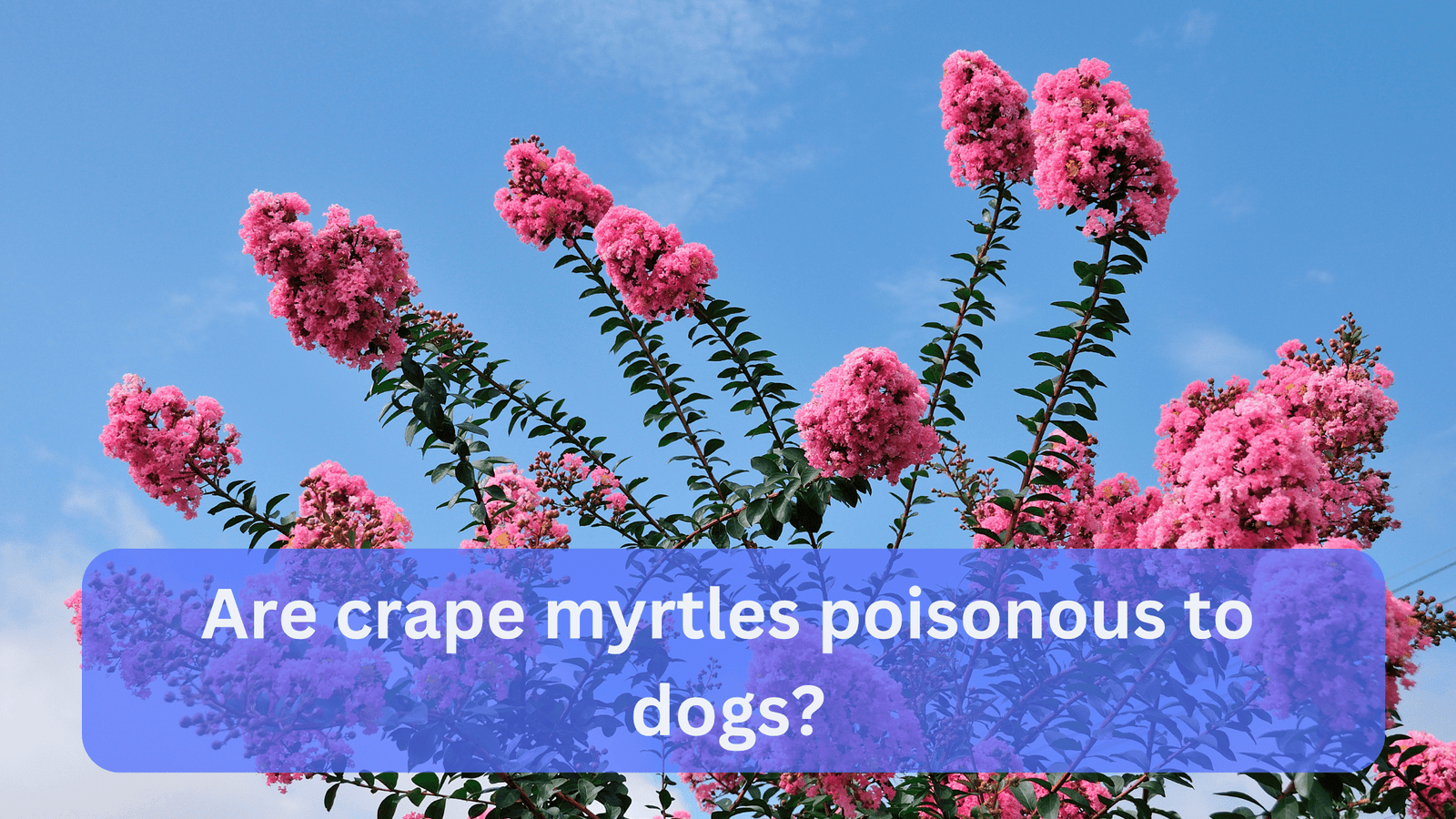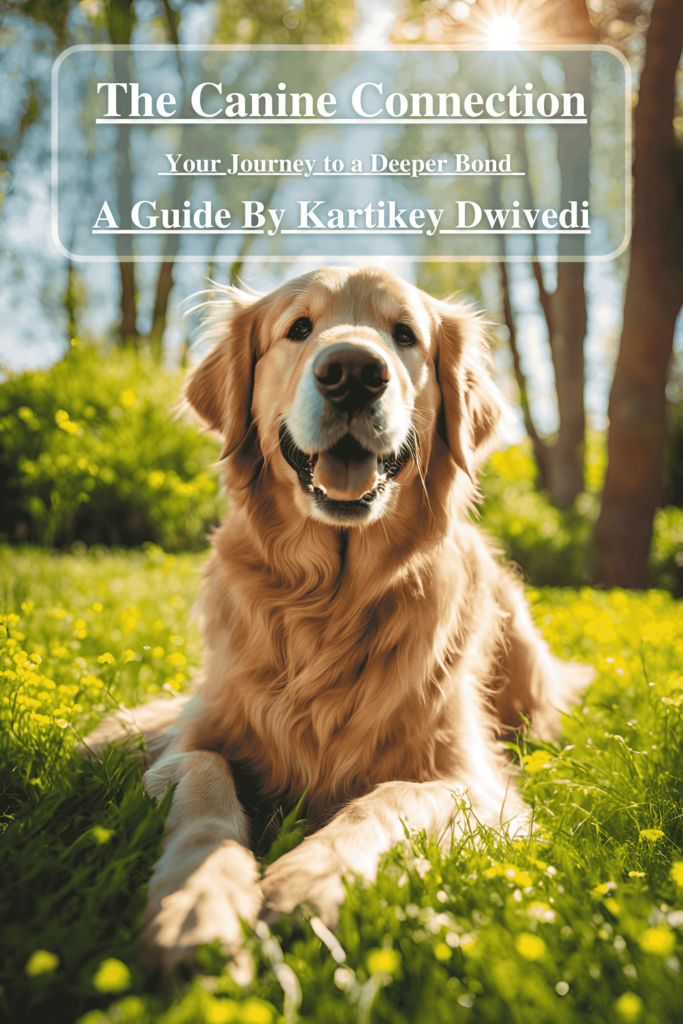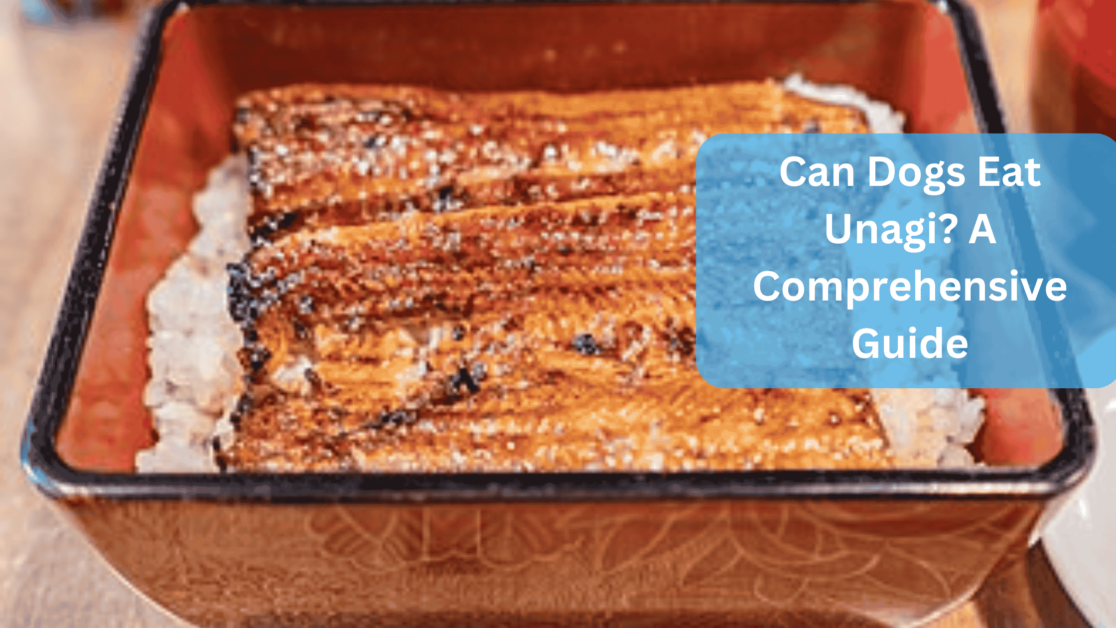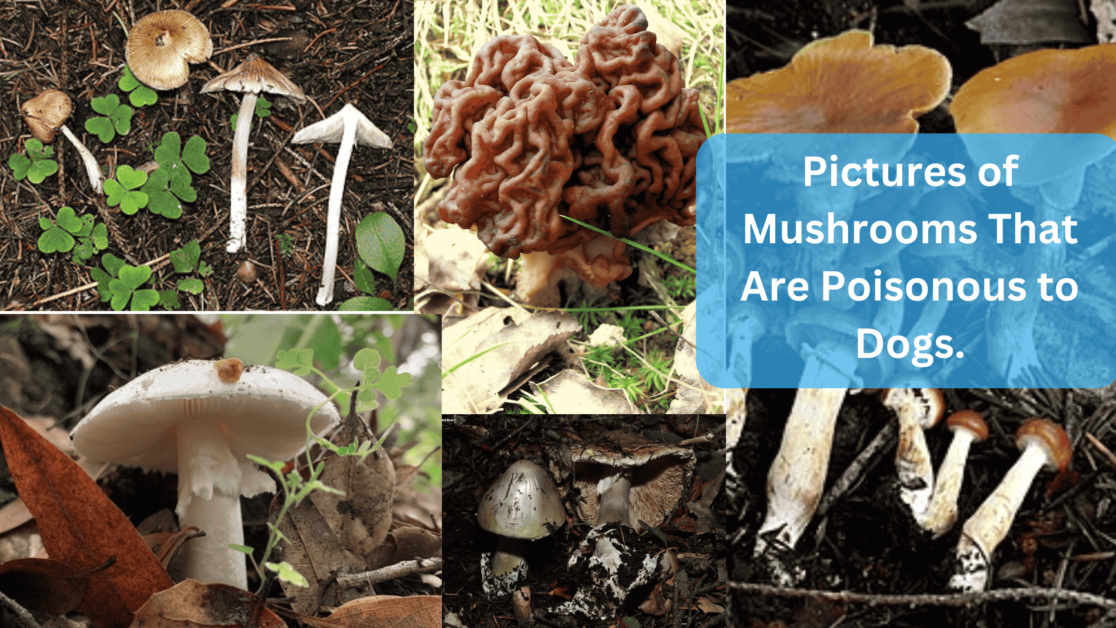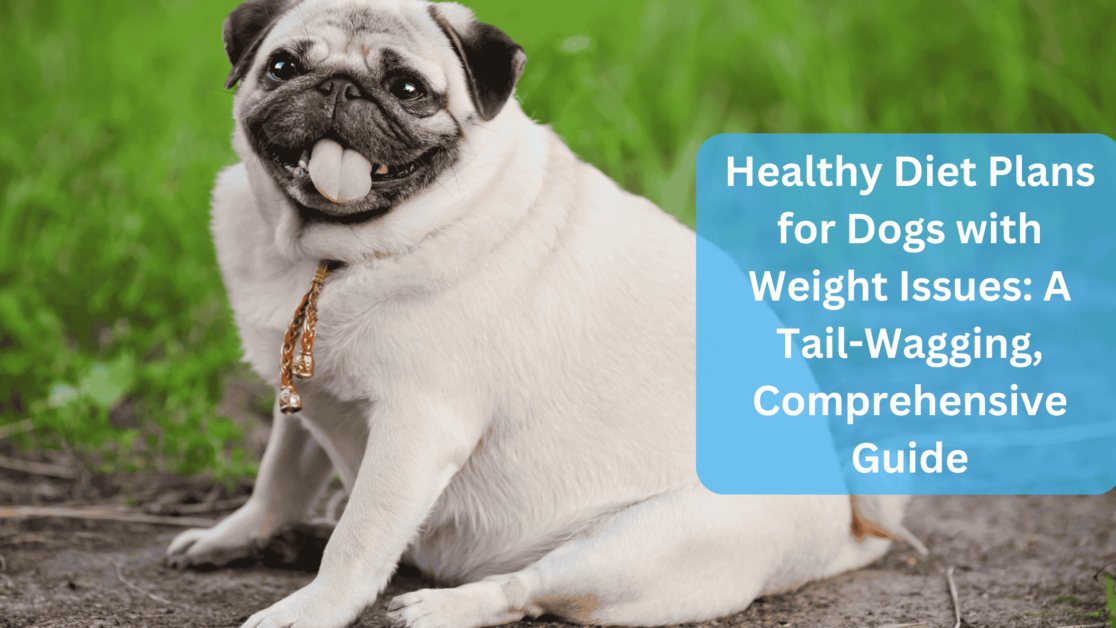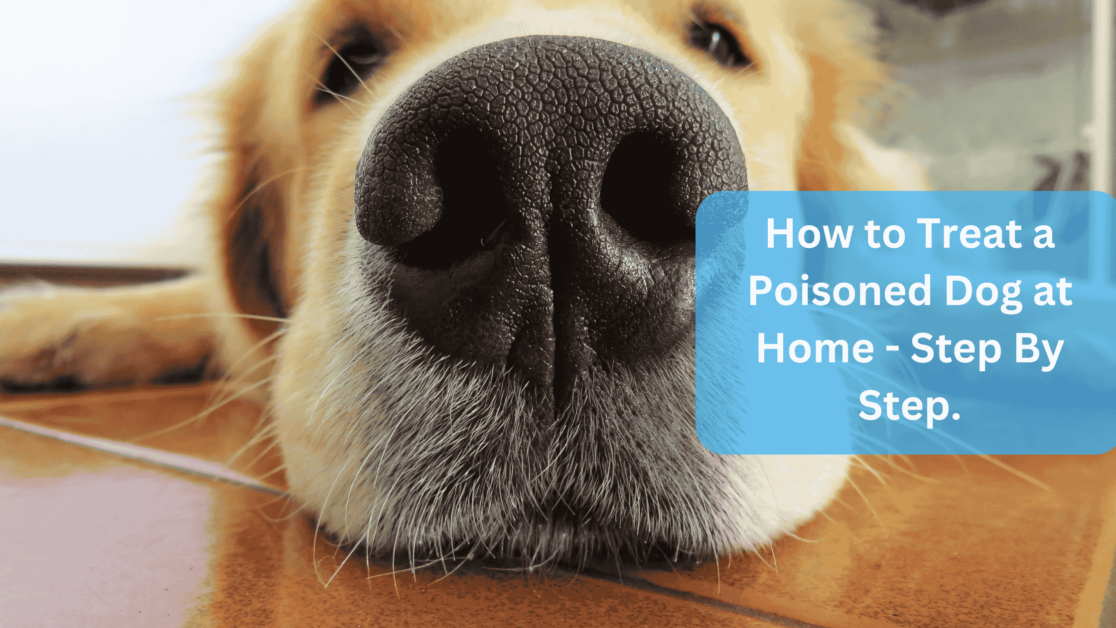Are Crape Myrtles Poisonous to Dogs? – Crape myrtles (Lagerstroemia indica) are a beloved choice for many gardeners due to their vibrant blooms and low maintenance.
However, for dog owners, it’s essential to know whether these beautiful plants pose any risk to their pets.
In this article, we will explore the safety of crape myrtles around dogs, providing comprehensive information to help you make informed decisions for your garden.
Understanding Crape Myrtles
Crape myrtles are deciduous trees or shrubs that are known for their long-lasting, colorful flowers, which can range from pink and red to white and purple.
They are hardy plants that can thrive in various climates, making them a popular addition to many landscapes.
Are Crape Myrtles Poisonous to Dogs?
The Answer: No, Crape Myrtles Are Not Poisonous to Dogs
One of the most common concerns for dog owners is whether crape myrtles are poisonous to dogs.
The good news is that crape myrtles are not toxic to dogs.
This means that if your dog happens to chew on the leaves, flowers, or bark of a crape myrtle, they are unlikely to suffer from any severe health issues.
Why Some Plants Are Toxic to Dogs
While crape myrtles are safe, it’s essential to understand why some plants can be harmful.
Toxic plants contain various compounds that can affect a dog’s digestive, nervous, or cardiovascular systems.
Symptoms of plant toxicity in dogs can include vomiting, diarrhea, drooling, lethargy, and in severe cases, seizures or heart problems.
Potential Mild Reactions to Crape Myrtles
Even though crape myrtles are not poisonous to dogs, ingesting any plant material can sometimes cause mild gastrointestinal upset.
Symptoms such as mild vomiting or diarrhea may occur if a dog consumes a large amount of any plant.
These symptoms are typically short-lived and resolve without medical intervention.
Creating a Pet-Safe Garden
To ensure your garden is a safe and enjoyable space for your dog, consider the following tips:
- Research Plants: Always verify whether a plant is toxic to dogs before adding it to your garden.
- Designate Safe Zones: Create areas in your garden where your dog can roam freely without access to potentially harmful plants.
- Training: Teach your dog to avoid eating plants using positive reinforcement techniques.
- Regular Vet Visits: Keep up with regular veterinary check-ups to monitor your dog’s health and address any concerns.
Other Non-Toxic Plants for Dog-Friendly Gardens
In addition to crape myrtles, there are many other beautiful, non-toxic plants you can consider for your garden:
- Marigolds: Bright and cheerful, these flowers are safe for dogs.
- Roses: These classic flowers are non-toxic (watch out for thorns).
- Sunflowers: Tall and striking, sunflowers are safe for pets.
- Snapdragons: Colorful and pet-friendly.
Seasonal Care for Crape Myrtles
Understanding how to care for crape myrtles throughout the year can help you maintain a beautiful, safe garden for your dog:
Spring:
- Pruning: Prune in late winter or early spring to encourage healthy blooms.
- Fertilizing: Use a balanced, pet-safe fertilizer.
Summer:
- Watering: Ensure consistent watering, especially during dry spells.
- Pest Control: Use pet-friendly pest control methods to manage aphids and other pests.
Autumn:
- Leaf Management: Regularly rake and dispose of fallen leaves.
- Preparation for Dormancy: Reduce watering as the plant prepares for winter.
Winter:
- Protection: In colder climates, mulch around the base to protect roots.
What to Do if Your Dog Eats Plant Material
Even with precautions, dogs can sometimes ingest plants. If your dog eats part of a crape myrtle or any other plant, observe them for any signs of distress:
- Identify the Plant: Make sure you know which plant your dog has ingested.
- Remove Access: Prevent further ingestion by moving your dog away from the area.
- Offer Water: Provide fresh water to help flush out the ingested material.
- Monitor Symptoms: Watch for vomiting, diarrhea, or other symptoms.
- Consult a Vet: If symptoms persist or worsen, contact your veterinarian.
Also Read: Home Remedies for Dog Cellulitis: Natural Solutions
Also Read: Can Dogs Eat Truffle Oil? A Comprehensive Guide.
Conclusion
Crape myrtles are a safe and beautiful addition to any garden, even for households with dogs.
By understanding the non-toxic nature of crape myrtles and following best practices for a pet-safe garden, you can enjoy a stunning landscape without worrying about your dog’s health.
Always be vigilant about the plants in your environment and proactive in training and monitoring your pets.
With careful planning, both you and your furry friends can enjoy the beauty and serenity of your garden safely.
Sources:
